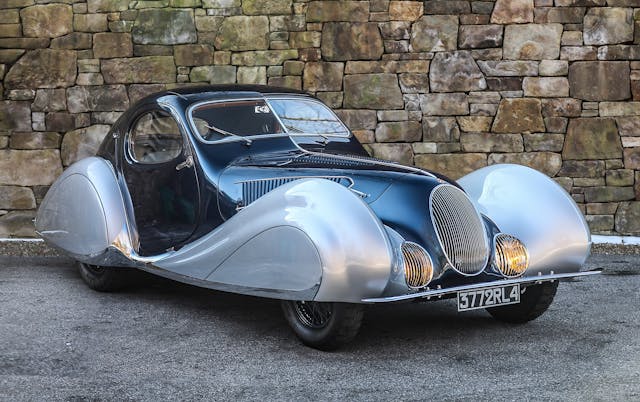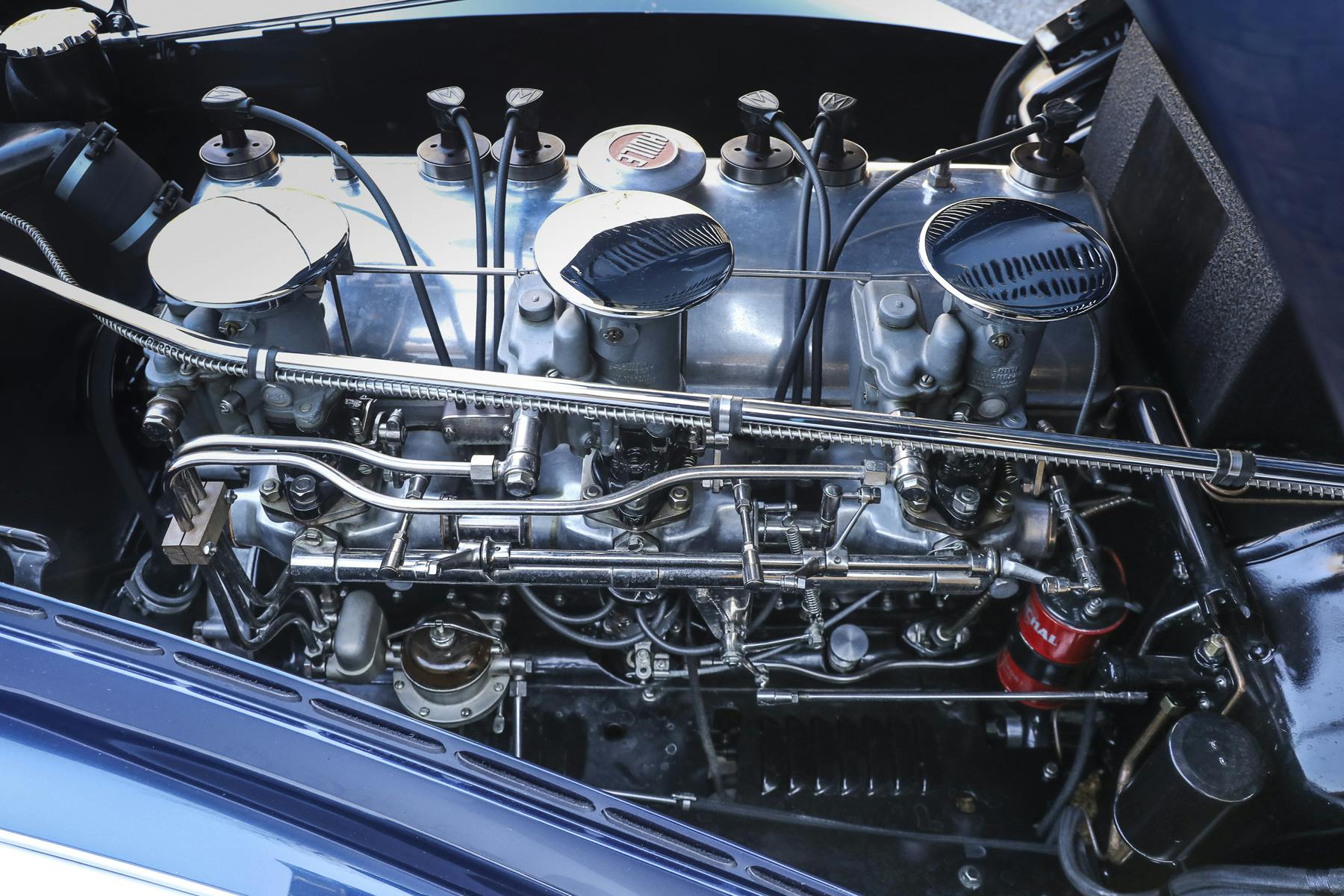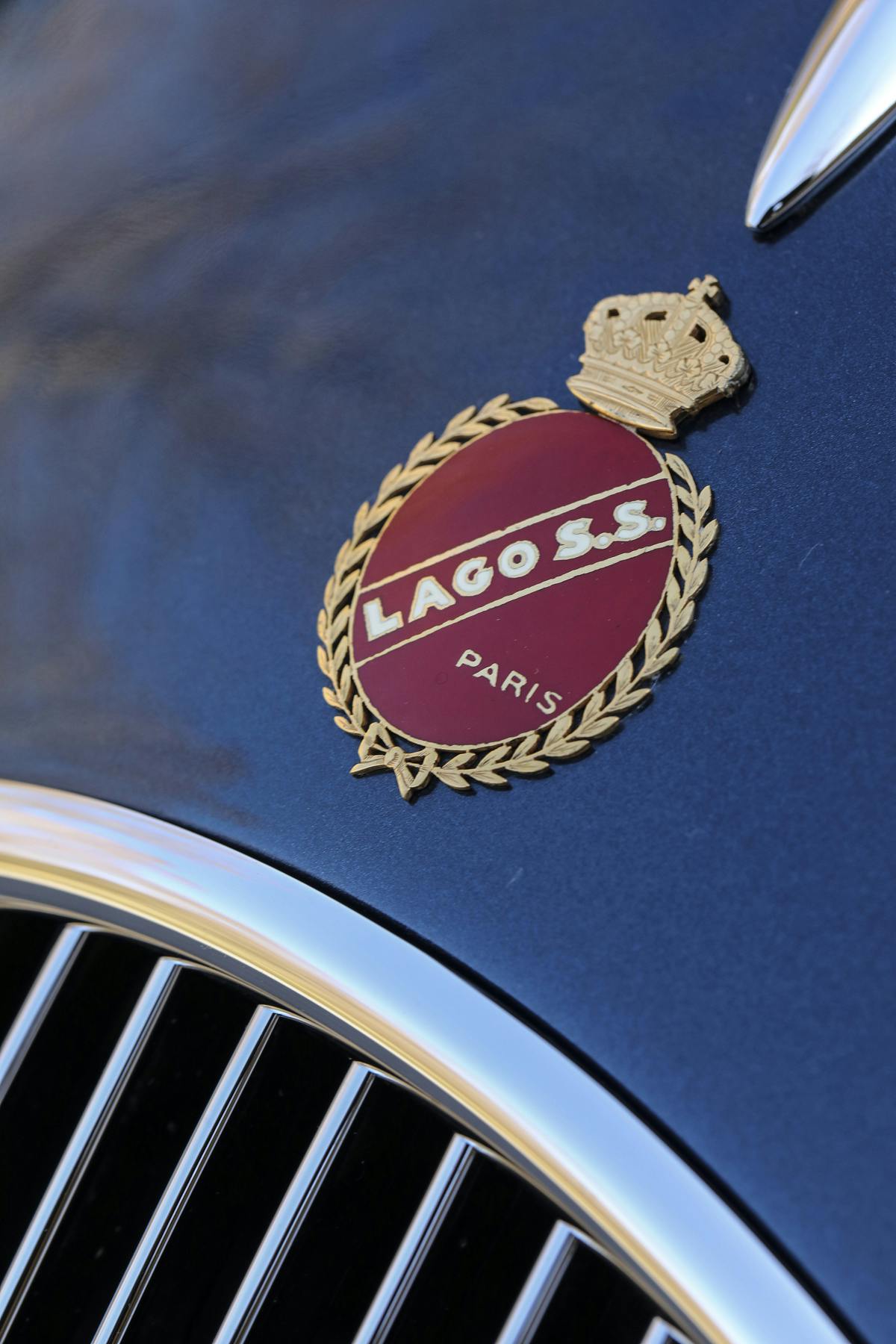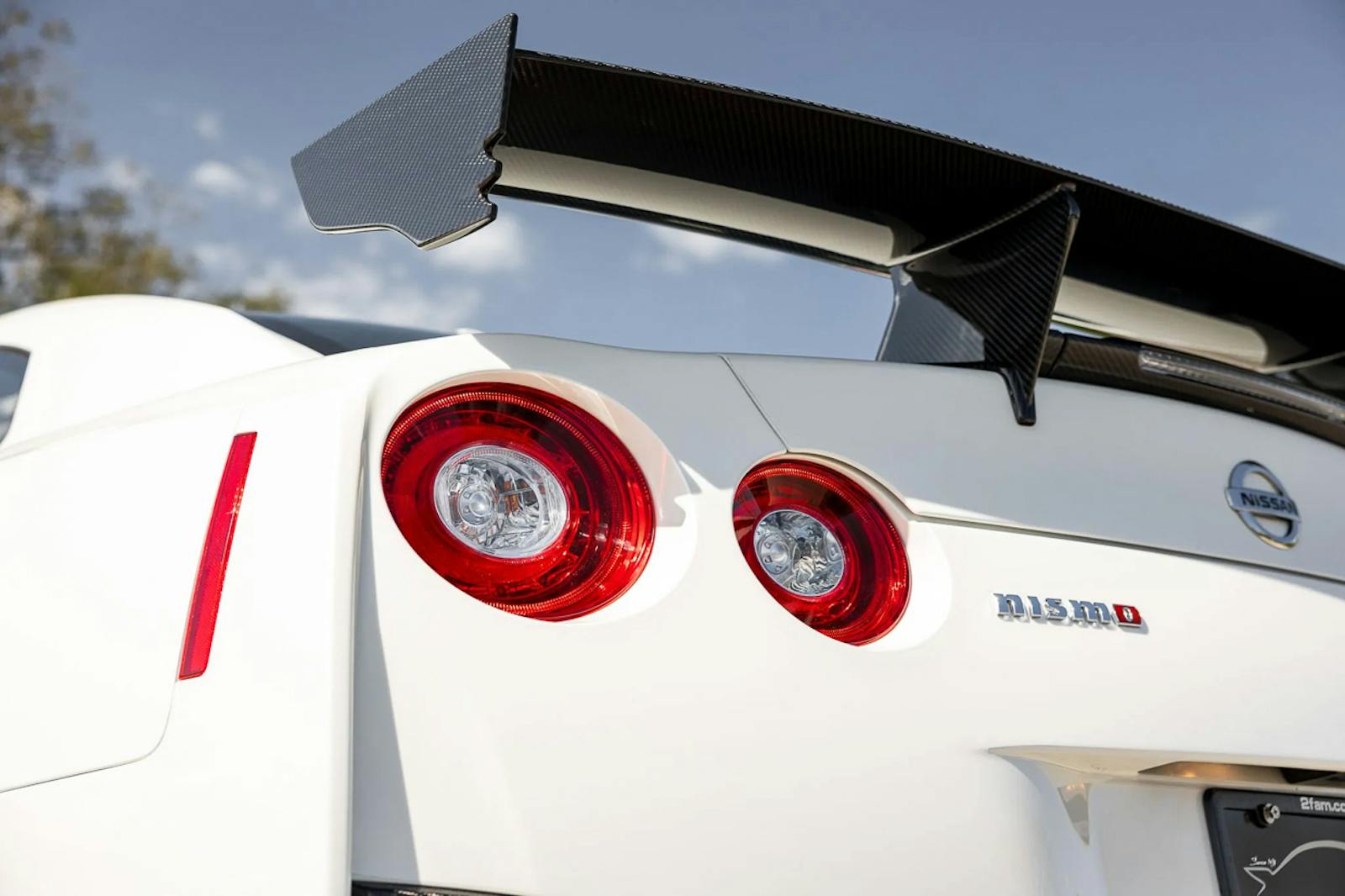Talbot-Lago isn’t a household name, but this French beauty made history
The top individual sale at last month’s Amelia Island auctions was impressive not only for its eight-figure million hammer price, but also for the fact that it is a car few people have even heard of.
Gooding & Company’s $13,425,000 result (including fees) for a 1937 Talbot-Lago T150 CSS Figoni & Falaschi Teardrop Coupe (chassis 90107) was 3.2 times the second-highest Amelia sale ($4,185,000 for a 1955 Porsche 550 Spyder at Bonhams). By itself, the Talbot-Lago represented 10.6 percent of the entire three-auction total at Amelia Island. It is the most valuable French automobile ever sold at auction.
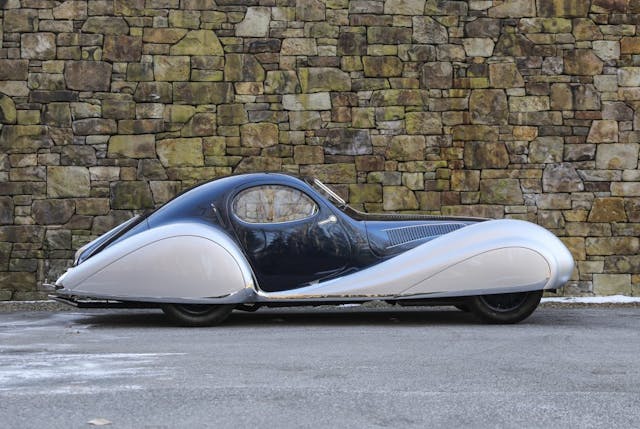
This extraordinary example of one of the all-time great French automobiles has a rich history. French Clémente cars were assembled in Britain in association with the Earl of Shrewsbury and Talbot, where they were known simply as Talbots. Later production began as Talbot in France, achieving some success in racing and building sporting cars.
Tony Lago, an Italian engineer with a long automotive resume, gained control of the French Talbot firm in 1934. Under his guidance, a new generation of engines powered a revised series of models with excellent performance now known as Talbot-Lago.
Concours d’Elegance eminence was aided by Tony Lago’s friendship with a fellow Italian, Joseph Figoni, destined to be France’s most famous and creative coachbuilder.
This Figoni & Falaschi-bodied Talbot-Lago T150 CSS unites style, design, performance, eye-appeal, history, and rarity. These are the things that make automobiles great—and valuable. This is especially true of top-tier prewar greats, and even though Talbot-Lago is far from a household name, its cars are in high demand among collectors, relative to their production numbers and name recognition.
Power for the Talbot-Lago T150 came from a 140-horsepower, 4.0-liter inline six-cylinder engine with dual high-mounted camshafts operating two valves per cylinder in hemispherical combustion chambers, with three Zenith-Stromberg carburetors. A four-speed Wilson pre-selector gearbox drove the live rear axle. The independent front suspension was state-of-the-art.
The Talbot-Lago’s marvelous, race-proven base was ideal for Joseph Figoni’s most dramatic coachwork innovation, the Teardrop or Goutte d’Eau coupe that will always stop traffic cold with its design.
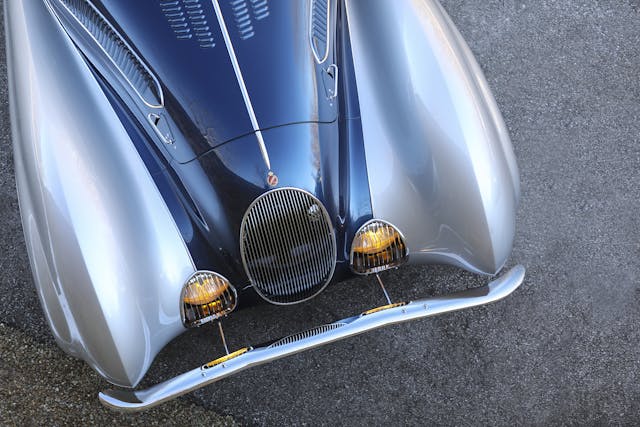
Abundant ellipsoidal fenders flank a long, low hood and flow down and back alongside a small streamlined passenger compartment without running boards to rear fenders with complementary curves. Figoni eliminated almost all exterior embellishments, even recessing the headlights behind grilles in the front fender catwalks. A subtle chrome base that sweeps up at the very rear of the back fender accents the lower body, matching a chrome spline at the center of the rear deck. Every feature complemented the svelte, aerodynamic shape.
Figoni made two basic versions, notchback and fastback like this one, known as the Modèle New York. Each example is different, and only two were built with this car’s fully enclosed front fenders, where even the front and rear fender skirts are rendered in the subtle teardrop shape.
This automobile made its first public appearance at the Concours d’Elegance Fémina in Paris in 1938, taking home the Prix d’Excellence. The next year it was sold to Los Angeles businessman Tommy Lee, one of three Goutte d’Eau Talbot-Lagos he owned. Lee took it to the Southern California dry lakes, recording a 117 mph top speed. Among dry lakes hot rodders, it must have been like a transport from Area 51.
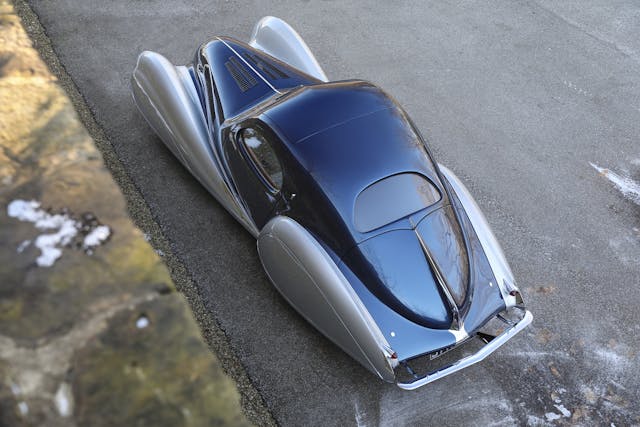
After Lee’s death, the car was acquired by John Duckworth and road tested for Road & Track magazine’s March 1952 issue. Eventually acquired by Lindley Locke, it was tucked away for decades until it was discovered by Richard Adatto. Eventually donated to the Nethercutt Collection, it was restored in 2005 in its original colors, taking first in class at Pebble Beach that year.
It is the sole surviving example that has been preserved with its original body panels, as it left Figoni & Falaschi 85 years ago.
An automobile of impeccable provenance, with competition-derived suspension, engine, and gearbox, concours-quality restoration, and fantastic, singular coachwork that looks stunning from any angle, it deserved to be Amelia’s top lot by a factor of three.
And more would not have been out of line.
